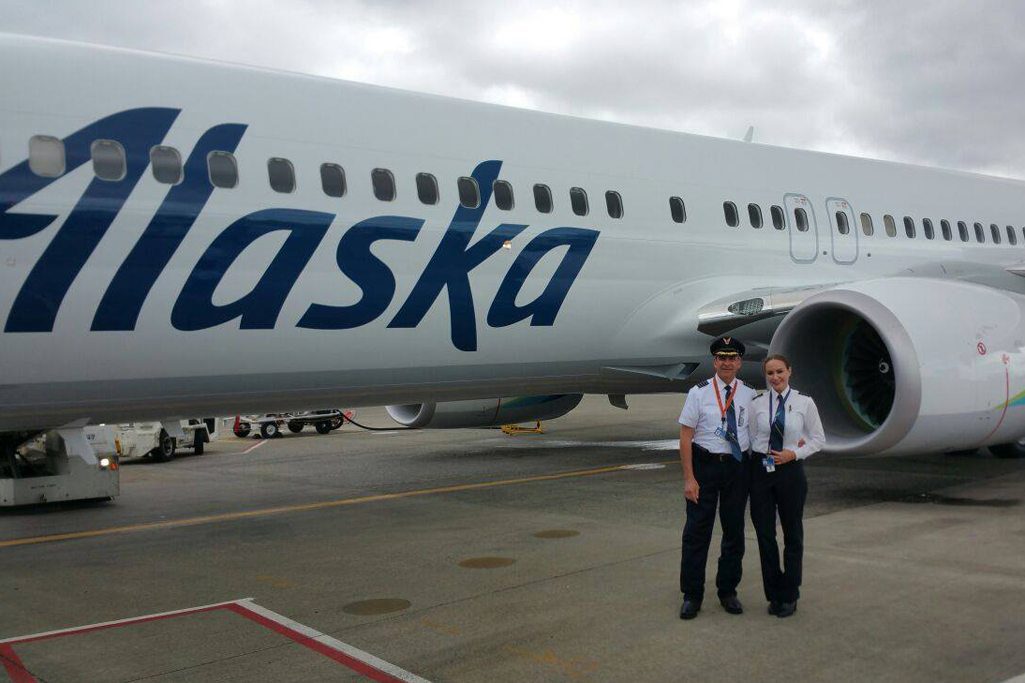Skift Take
Many have dreamt of finding easy fortune in California. But Alaska Airlines is discovering -- via its merger with Virgin America -- that the airport tarmacs aren't paved with gold.
Alaska Air Group‘s takeover of Virgin America created the fifth-biggest carrier by revenue in the U.S. — and a lot of headaches for company executives.
The deal gave Alaska a stronger foothold in California. Alaska-Virgin now has the largest number of seats among airlines serving that state.
But other carriers have been discounting airfares on intra-California routes and on transcontinental routes to and from California — especially on so-called walk-up fares that are booked relatively close to departure.
United has been especially aggressive in San Francisco, while Southwest has been aggressive on other routes. Meanwhile, Delta has been pressuring Alaska in its home turf of Seattle.
Alaska Was Forced to Match the Discounters
The discounting forced Alaska into matching to maintain its market share. These pricing battles will continue for months to come, according to executives speaking during Alaska’s third-quarter earnings call Wednesday.
Besides various pricing battles, Alaska has also been distracted by the mechanics of the merger. The proof of this is that the airline, which has historically watched costs like a hawk, saw costs for operations, engine maintenance, marketing, and fuel rise in the third quarter. Fuel was up substantially because of hurricane-related supply issues.
Brandon Pedersen, chief financial officer, said, “We are more frustrated than investment analysts. There has been a lot of anxiety around here. There has been a lot of tough conversations in the last few weeks.”
Executives noted the complexity of integrating hundreds of systems and dozens of agreements. On top of the logistics, the company has had to rethink how to manage the routes by Virgin America it has inherited and, on top of those new routes, it has recently added 44 new markets.
Analyst Frustration
Analysts on the call expressed frustration with management. Hunter Keay of Wolfe Research said the team had gotten “sloppy.” Jamie Baker of JP Morgan expressed “surprise” that Alaska had not “taken a sufficiently pro-active approach” to come to grips with a pilot shortage at its regional brand, Horizon Air, which has caused mass cancellations. Executives say their team will resolve the issues by the next quarter.
Taken together, the fare battles, merger issues, and added costs pressured the company’s financials. In the third quarter, Alaska Air Group saw its revenue grow to $2.12 billion — up by about a third because of the addition of Virgin America. Profits rose to $266 million, $10 million more than the same time a year earlier.
In the third quarter, Alaska saw its passenger revenue per available seat mile, or PRASM, which measures how much money an airline makes for each passenger it flies one mile, decline by 4 percent, to 11.2 cents — the same as United’s for the quarter (though United blamed storms for part of its PRASM decline).
“Mergers are hard,” said Brad Tilden, Alaska’s chief executive. “But our goal is, by the middle of next summer, we can say, this merger is done and we’re back to running an airline…. The sooner we are done with the merger, the sooner we can go back to focus on managing costs, operations, and revenue.”
Looking ahead to the last few months of the year, executives said Alaska will continue to face “a challenging environment” but that unit revenue will be “closer to, or better than” its September 2017 performance which was, in turn, better relative to its weak unit revenue performance over the summer.
Still, executives would not clarify why Alaska seems to be getting hurt more by fare wars than its competitors. The legacy Alaska network had flat PRASM but Virgin American was down more than 7 percent.
“Is something lurking under the surface at Virgin?” asked Barclays analyst Brandon Oglenski.
No, said Andrew Harrison, Alaska’s chief commercial officer, who attributed the weakness instead to competitors trying to steal share through discounting.
Executives said they have been scolding online travel agency partners, such as Expedia and Google, about not presenting flight ticket search results in such a way that their full-featured products receive less prominence than so-called basic economy fares that come with many restrictions from its competitors.
But what causes headaches for airline executives can be good for consumers. The coming months are likely to remain a good time for consumers looking to fly in and out of California.
On some key transcontinental routes, Alaska is seeing fares purchased within seven days of departure down 20 to 30 percent while demand remains strong. For example, Boston to Los Angeles fares recently dropped 56 percent on average from $239 to $104 without more planes being added to service the route by the various carriers that fly it.
The Daily Newsletter
Our daily coverage of the global travel industry. Written by editors and analysts from across Skift’s brands.
Have a confidential tip for Skift? Get in touch
Tags: airline innovation, alaska airlines, earnings, mergers, pilots
Photo credit: Captain Nick Cosmakos and first officer Niclina Cosmakos are a father-daughter flight crew. Alaska Airlines was surprised at the price war in its California market. Alaska Air
